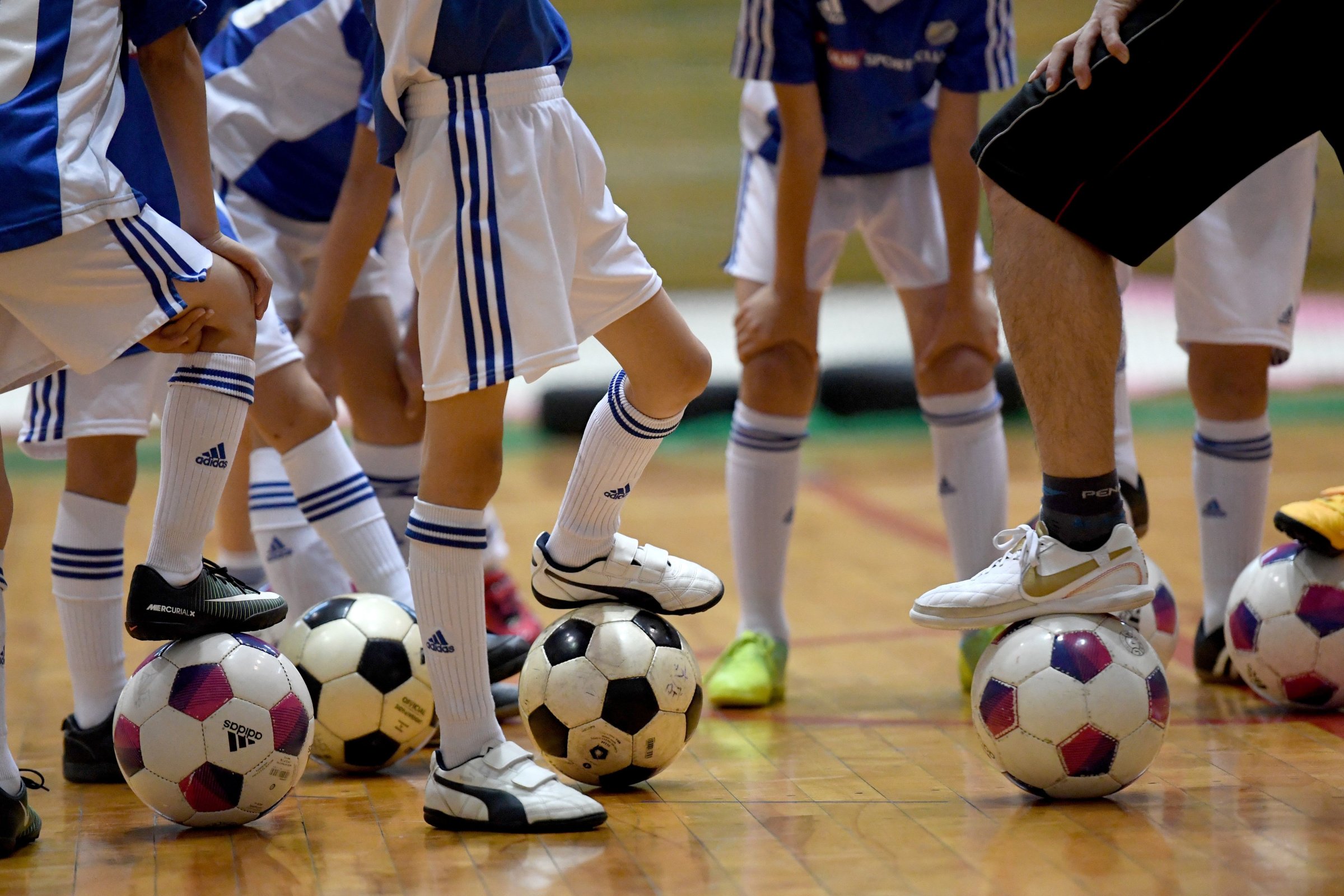
Kids these days: they have so many options when it comes to sports. There are organized travel teams, it seems, for every game: soccer, lacrosse, hoops, the works. While a child’s decision about which sport to play might not be as formative as, say, picking a college, it can sure feel that way. And potentially cost as much: fees and travel expenses for some club teams skyrocket to $10,000 per year and beyond.
In trying to navigate today’s youth sports scene, any guidance helps. That’s why a new tool released Thursday by the Aspen Institute’s Sports & Society Program, called the Healthy Sport Index, couldn’t be more timely. The handy website allows families to weigh three factors in deciding what sport makes the most sense: safety, physical activity, and the sport’s psychosocial benefits. The index then provides a customized ranking of ten sports, based on where a child lands on a sliding scale of “low emphasis” to “high emphasis” for each of the three factors.
So say, for example, your son wants to put maximum emphasis on psychosocial benefits: he wants a sport that will help him develop social skills, cognitive skills, and otherwise enhance his mental health. He cares about a sport’s safety, but is willing to take some injury risk; so here, he falls in the middle of the scale. But he’s ambivalent about physical activity: your son doesn’t care how much energy he expends in practice. He gives it the lowest possible emphasis on the Heathy Sport Index scale. Based on this mix, the Healthy Sport Index puts swimming on top, while lacrosse comes in tenth.
Meanwhile, your daredevil daughter can care less about getting hurt, but places the highest possible emphasis on working out hard while playing her sport and developing useful life skills, like setting goals. Healthy Sport Index says: sign her up for tennis! (Cheerleading falls to the bottom here. The ten girls’ sports ranked by the Healthy Sport Index are basketball, cheerleading, cross country, lacrosse, soccer, softball, swimming, tennis, track and field, and volleyball. For the boys it’s baseball, basketball, cross country, football, lacrosse, soccer, swimming, tennis, track and field, and wrestling.)
The Aspen Institute, in consultation with medical experts, compiled data for the index from a variety of sources. The National High School Sports-Related Injury Surveillance Study, produced by the Colorado School of Public Health, provided injury rates for various sports. For the psychosocial component, the Aspen Institute surveyed almost 1,300 high school athletes from across the country, and asked students whether their sport helped them improve in areas like sharing responsibility and patience. Researchers from North Carolina State University observed almost 700 hours of varsity practices to document the physical activity levels of each high school sport. The architects of the index were keen to account for the positive benefits of different sports, to counterbalance the downside risks.
“We talk a lot about injuries in youth sports, for good reason,” says Dr. Neeru Jayanthi, director of sports medicine research at Emory University. “But it’s important to look at all aspects of the athletic experience. If you just focus on one, you’re missing the boat.”
For example, football, which has witnessed participation declines due to well-founded worries about head injuries, ranks second among boys’ sports for psychosocial benefits. (Soccer comes in first.) High school football players reported more improvements in social skills and cognitive skills than athletes in any of the nine other sports. The Aspen Institute’s research was less encouraging for, say, boy’s lacrosse, which ranked ninth in safety, ahead of just football, and tenth in psychosocial benefits. Lacrosse players were most likely to cut class, binge drink, use marijuana and smoke cigarettes. In girls’ sports, basketball provided the most psychosocial upside, whereas cheerleading ranked tenth on both the psychosocial and physical activity scales.
Not that cheerleading or lacrosse or any other sport are at all detrimental, say the creators of the Healthy Sport Index. Every activity can have a positive impact on a kid’s life. “It’s better to be playing a sport,” says Jon Solomon, editorial director for the Aspen’s Sports & Society Program, “than to be sitting on the couch all day doing nothing.”
More Must-Reads from TIME
- Why Trump’s Message Worked on Latino Men
- What Trump’s Win Could Mean for Housing
- The 100 Must-Read Books of 2024
- Sleep Doctors Share the 1 Tip That’s Changed Their Lives
- Column: Let’s Bring Back Romance
- What It’s Like to Have Long COVID As a Kid
- FX’s Say Nothing Is the Must-Watch Political Thriller of 2024
- Merle Bombardieri Is Helping People Make the Baby Decision
Write to Sean Gregory at sean.gregory@time.com